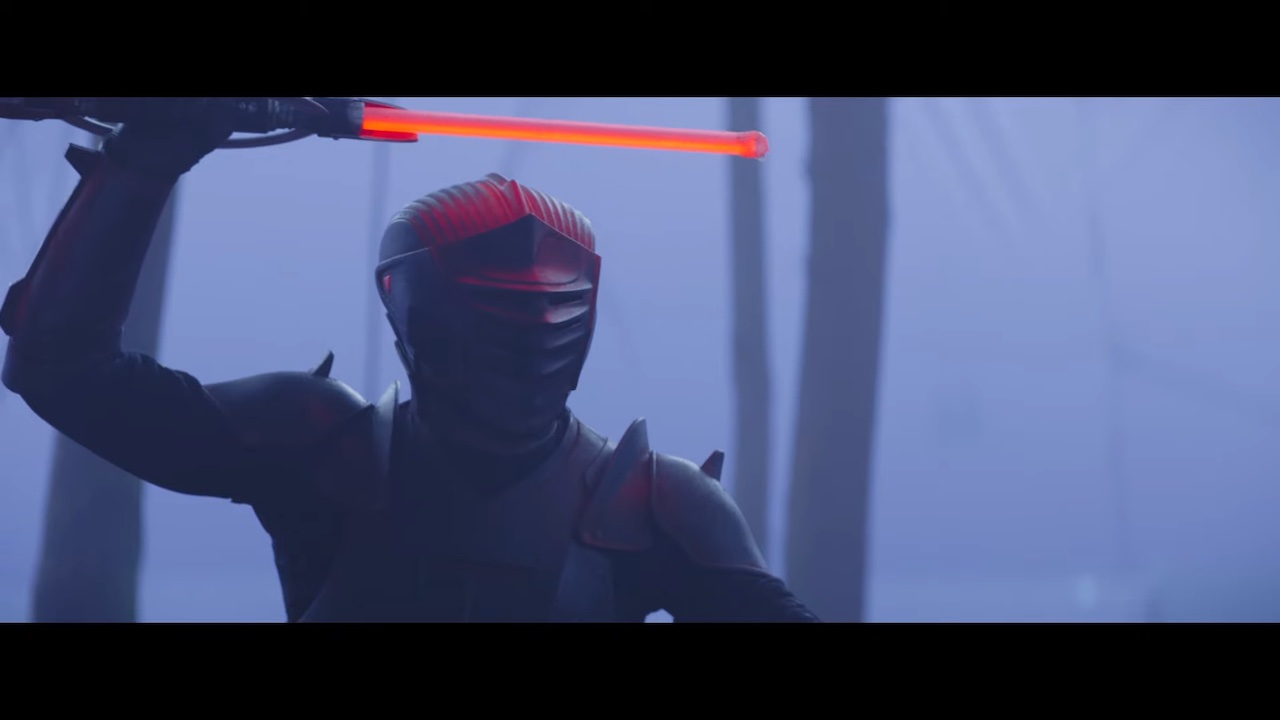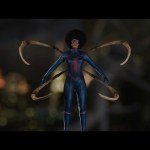The Commodore Amiga 4000/040 was used by Digital Domain to help craft effects shots and review miniature shoots for Titanic, Apollo 13 and True Lies.
On the re-release of a 3D/4K/HDR version of James Cameron’s Titanic, I thought I might showcase something I saw a few years ago: a stunning find by Retro Recipes’ Christian ‘Perifractic’ Simpson relating to the film’s miniature ship and subs motion control shoot by Digital Domain.
Simpson happened upon a Commodore Amiga 4000/040 that contained hard drives with Digital Domain video tap footage on them that happened to showcase the miniature mo-co shoots. They literally have VFX plates, passes and element shoots. Amazing!
The recovery of the data from the Amiga, and the actual footage, are showcased in a couple of Simpson’s videos, but the one to watch is this one below, which shows the 16:9 footage corrected to 4:3.
What’s even cooler, perhaps, is that a few DD’ers from days gone by have commented on the YouTube videos. This includes Erik Nash, who was the VFX director of photography on both Apollo 13 and Titanic.
Then, in a fantastic detailed comment, former Digital Domain artist Sean Cunningham (who you might remember aided befores & afters in the history of Nuke podcast) has also weighed in with a ton of info about the way Digital Domain utilized the Amiga, and other systems, for reviews–really, the big deal here–miniature and effects shoots, animation recording, video playback and comp work.
I’ve reproduced Cunningham’s impressive recollections below. Just love that this is something out there for people to watch and now read about. True VFX history.
@SeanCC: This is really cool. A little background on this, it was one of about a half dozen Amiga/PAR workstations configured in either late 1993 or early 1994 during the production of True Lies. The DD video room had only one very expensive Abekas or Accom DDR, which was $60K or more for about a minute of ccir 601 footage. This was a major bottleneck for the VFX artists needing test animations/composites reviewed before getting the go-ahead to do a final version for film output. A team of Amiga enthusiasts, including myself, Feli di Giorgio, Jonathan Egstad and Craig Caton, put a proposal together to purchase order a half dozen or so systems that would better serve the artists for less than the price of buying an additional Abekas or Accom.
The systems were built around a rolling cart containing an Amiga4000, PAR, TBC IV (time base corrector, needed to digitize external footage), Commodore ethernet card, monitor for the Amiga and Sony broadcast monitor for the PAR. I forget the size of the disc attached to the PAR but it was good for an hour or more worth of footage.
The main inspiration for all this came from Craig Caton who, prior becoming an animator and motion capture specialist, was a monster maker at Stan Winston’s studio where he did stuff like design the motion base for the full size T-Rex in Jurassic Park, puppeteer much of what you see in T2, etc.. Craig had already built a similar Toaster 4000 system at home for his own amusement so he knew how well it worked. And, incidentally, it was Craig’s experiments at home with Lightwave that inspired Stan Winston to start a CG division in his studio, which eventually became Digital Domain. That’s the story that never really gets told. Stan’s CG shop already existed before DD and this, plus three artists (Craig, Patrick Shearn and Lisa Aycock), was what got rolled into talks between Cameron and Scott Ross.
With the systems purchased, it was mainly Jon Egstad, then in the Engineering department of DD, who put the pieces together. I was working on the various Harrier effects and he and I split the duty of writing the scripts for test/shot/show management. I wrote the tcsh script called ‘parshoot’ for the SGI Irix systems that let artists “shoot” over their .RGB frame sequences with command line arguments for what to call the resulting video on the PAR as well as what show folder to put it under, plus remote playback. Egstad wrote the ARexx script that watched for incoming frames and messages from my script to carry out the file management on the Amiga once the frame sequence had been converted to a PAR movie file. This arrangement went much faster than NFS file sharing of the PAR drive. Oh, and Jon Egstad would go on to write the modern, v3 3D version of our Nuke compositing software years later.
We distributed these systems all over the “Digital Building”, upstairs and down, for easy, local access to a PAR for shot review. Reviews became far more organic and spontaneous and allowed VFX supervisors like John Bruno (True Lies) and later Rob Legato (Apollo 13, Interview with the Vampire) to review many tests outside of the morning “dailies” sessions, from any PAR station. It’s hard to describe how much throughput these systems gave us, because the SGI systems at the time were not fast enough to do realtime “flipbooks” of frame sequences and it would be more than a decade before any Quicktime solution would exist with enough efficiency and quality to do the job.
At the beginning of production, Michael Karp had a 3/4″ tape based video preview system going on the stage for miniature shoots. It worked, but the footage was ugly and not entirely frame accurate, and the multiple tape machines and video switching hardware took up a lot of space. I don’t remember if we initially set aside one of the PAR purchases for the stage but one way or another he got one and, again, the Amiga + PAR solution radically improved his testing process because the tape solution was slow, on top of being crappy to look at. He wrote the control software so that the Kuper talked to the Amiga to control the PAR. From that point on the stage always had at least one of these and would not give them up. This became a bit contentious when hardware failure would eventually take one out of commission due to the hot conditions on the stage.
I was convinced that none of these survived passed around 1997 or so. Between 1994, the collapse of Commodore and the late ’90s, it was a constant battle to keep these operational because the design of the A4000 had inadequate cooling and airflow. Especially when you stuffed them with two full-size addon boards that generated a ton of heat. Egstad would core out three and four holes on the top of the A4000 cases and install additional exhaust fans to help, and was constantly having to Frankenstein together working CPU cards with working motherboards and eventually these were replaced by cooler-running NT-based PCs with better case designs.
This find is rather amazing.


















